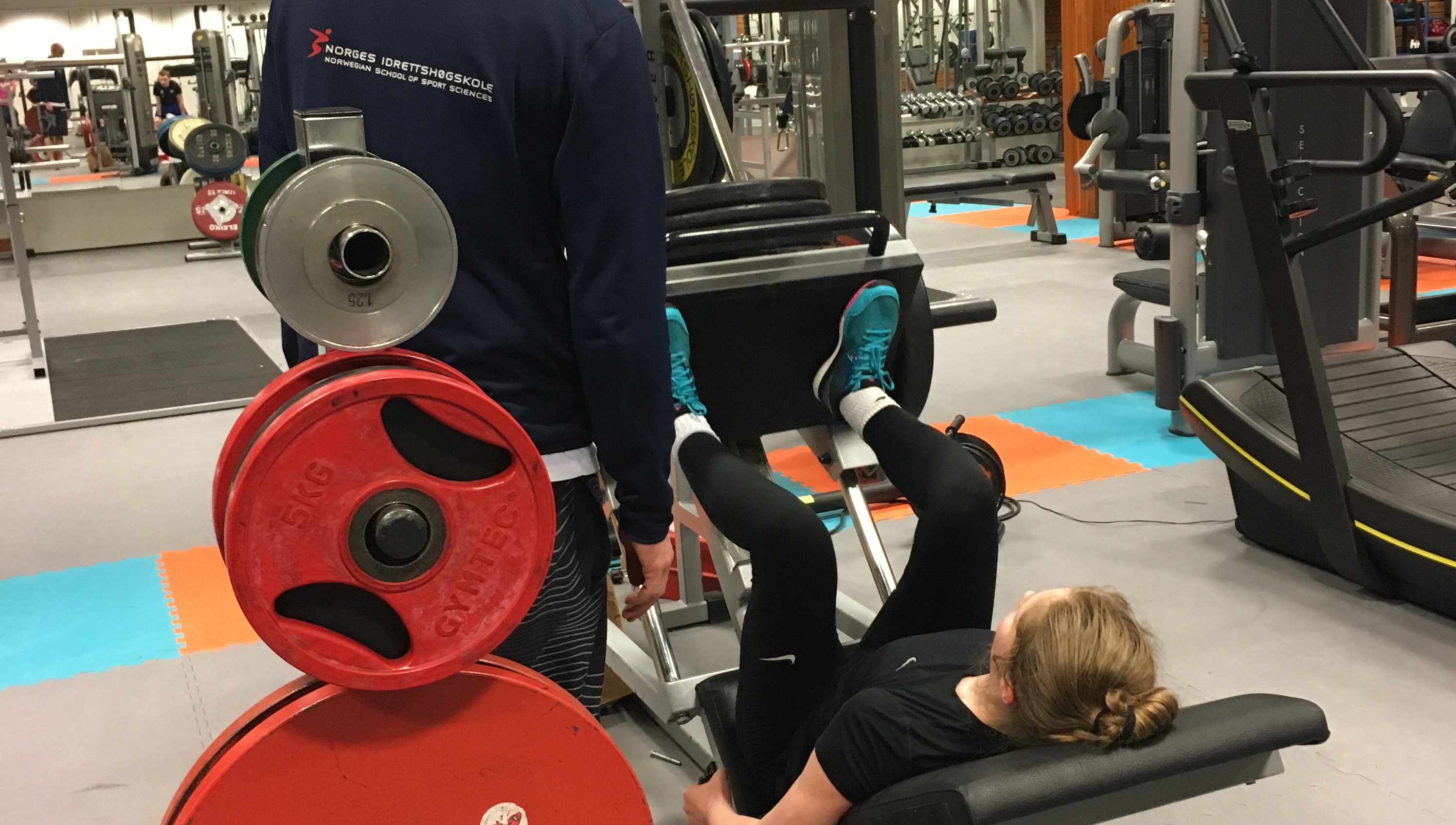Don’t train until you can’t anymore, and don’t train with the same load all the time. And train the whole body – every time.

“Traditionally, especially since the 80s and 90s, it has been common to divide training so that different muscle groups are trained on different days. This way of training is probably considered outdated, and works best for bodybuilders who use illegal supplements,” says Tron Krosshaug.
He is a professor at the Center for Sports Injury Research and the Section for Sports Medicine at the Norwegian School of Sport Sciences.
“If you train every day and are very ambitious, then a so-called two-split might be sensible, meaning that you, for example, train legs and upper body every other day,” he says.
But for the vast majority, it is best to train the whole body.
Train the Whole Body – Every Time Training the whole body does not mean that you have to do a whole bunch of exercises to cover every single muscle fiber in the body, but that you make sure to do exercises that train several muscle groups at the same time.
Examples of such exercises are
- Squats
- Deadlifts
- Lunges
- Bench press
- Shoulder press
- Lat pull-downs
- Rowing
In addition, it might be wise to do sit-ups or another exercise that directly targets the abdominal muscles.
At Least Two Sessions a Week One of the advantages of a training program that covers the whole body is that the muscles are stimulated more often. But how often should you train?
For strength training to be effective, you should manage at least two full-body sessions a week.
“Ideally, you should try to train each muscle group at least three times a week, but this naturally depends on whether you are engaged in a lot of other activities as well. It is important that the total load does not become too high,” says Krosshaug.

Tron Krosshaug, Associate Professor at the Norwegian School of Sport Sciences If three sessions a week sound like a lot, the consolation is that you don’t need to train as hard and as much every time.
“It doesn’t have to be big things; it can be ten minutes where you do some single-leg squats and push-ups and maybe body lifts in a tree in connection with football training or something like that. That can easily serve as the week’s third session,” he says.
There is a simple reason why it is good to train often: If you are going to tell the body that it should become stronger, you must tell it often. However, the message does not need to be shouted as loudly every time.
“A variation between heavy, medium, and light sessions is recommended. To keep it simple, you can keep the number of sets and repetitions constant, but adjust the load,” says Krosshaug.
And the point remains the same: It is more important to train often than to train heavily.
The Mistake “Everyone” Makes With “heavy training,” Krosshaug means training to exhaustion – until you can’t do more repetitions.
“That is not recommended,” he says.
The reason is simply that it gives too much load over time.
“It might work well for a few months, but then the effect drastically decreases. Then you have no progress, maybe even regression.”
What turns out to be effective, however, is to train frequently.
“For example, powerlifters will train squats and bench press 4-5 times a week. But these athletes almost never train to exhaustion,” Krosshaug points out.
Progression – Gradually Increasing the Load You don’t need to be exhausted to get strong. What you do need, however, is progression, meaning gradually increasing the load. But what does that actually mean? And how many kilos should you lift when you start strength training?
A good place to start is at about 70% of maximum strength. Maximum strength is what you can lift once at maximum. Roughly, most people can do about 15 repetitions if they lift 70% of this.
A sensible progression plan might start at 70% of maximum strength, with 10-12 repetitions in three sets. The following week, you could, for example, increase the load by 2-3%. As you progress in the program, you can reduce the number of repetitions. If it motivates you, you can also include tests to measure progress in maximum strength. However, it’s not recommended to do such tests too often.
“The fundamental thing here is that you must increase the load as you get stronger. Whether you train with body weight, bands, or weights,” says Krosshaug.
Maximum Strength If you can lift a maximum of 100 kilos once, you will likely be able to do 15 lifts at 70 kilos. Then you should design your training program so that you start with lifting exactly 70 kilos, in 10-12 repetitions and 3 sets.
The reason for training with progression is simply that the body adapts to what it is exposed to. If you train strength, the body gets signals that it needs to build more muscles. If you do not increase the load, the body will not build more muscles than it already has.






